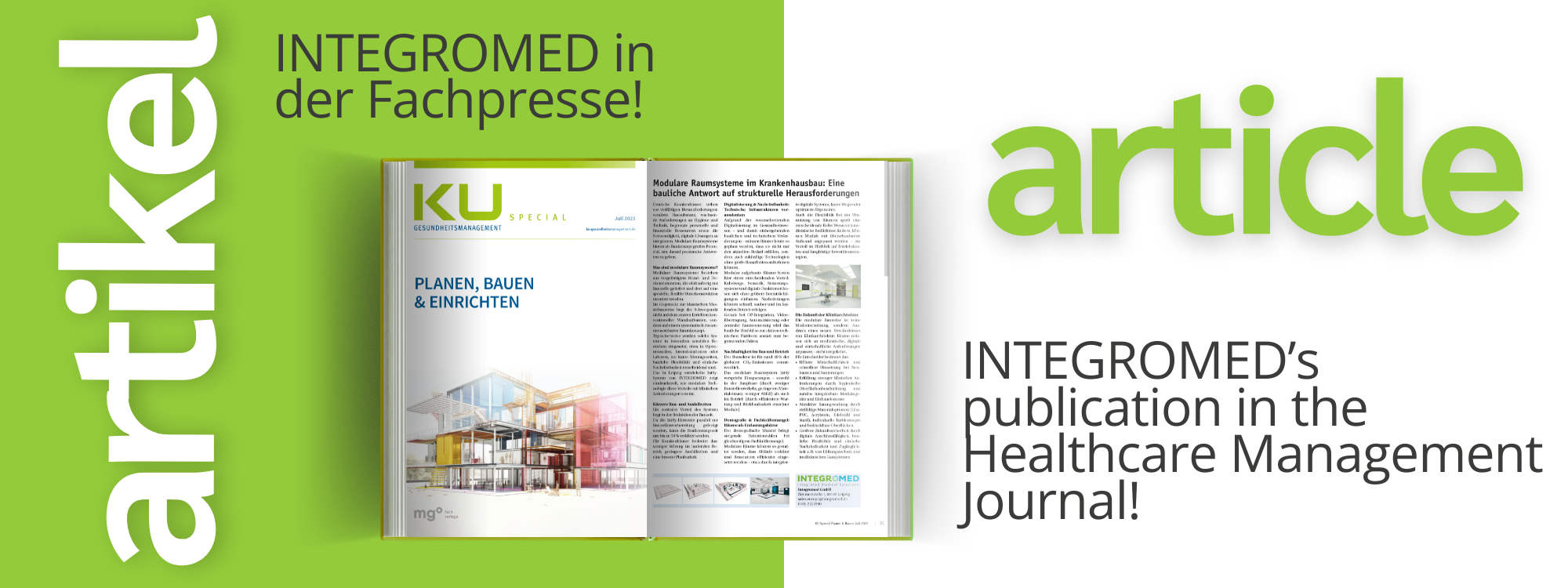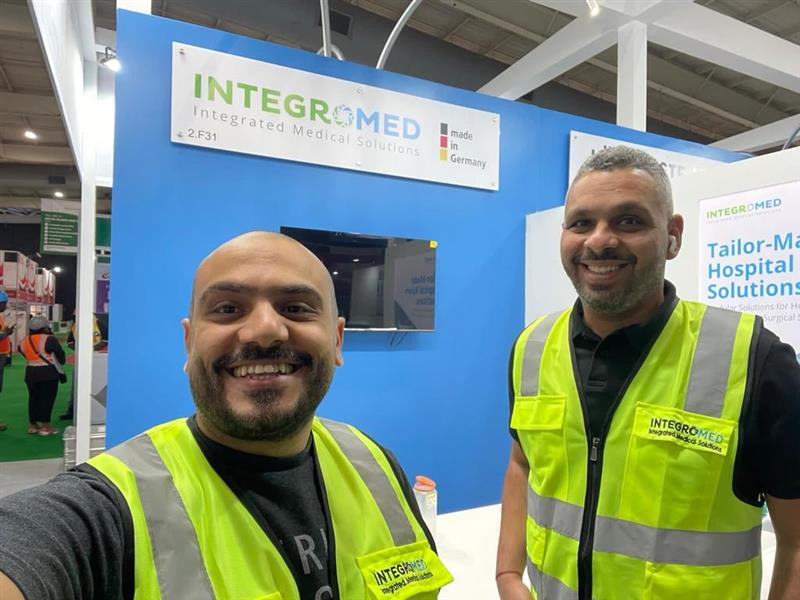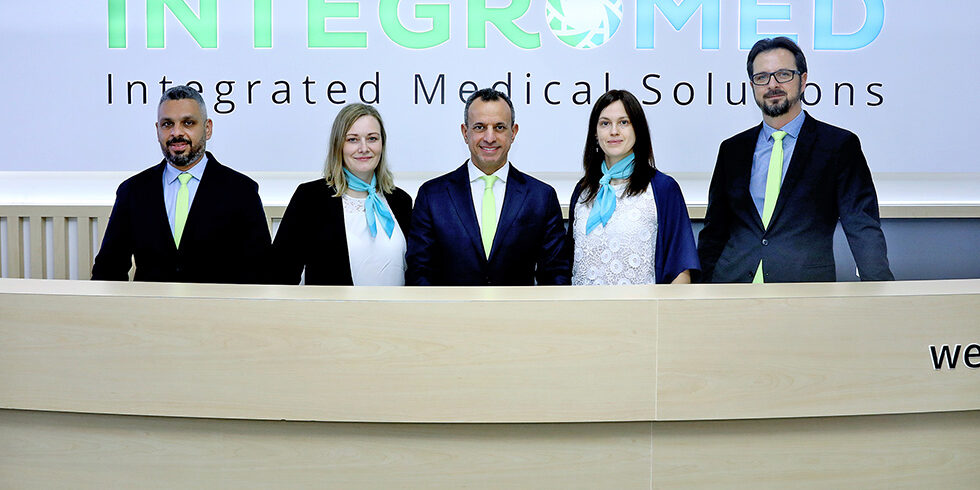We are pleased to announce that INTEGROMED has been featured in the established healthcare management journal “KU Gesundheitsmanagement” with an expert article exploring the potential of modular construction for modern healthcare facilities and our IntSy Modular Room System as an innovative example from the field.
The article was published in the July 2025 special edition, which focused on “Planning, Building, Equipping” – a thematic issue bridging infrastructure development and future-oriented hospital management. Although originally published in German language, we’ve translated the text to English in order to make it accessible to a wider audience, including our international partners and clients.
Enjoy the read!
Read the full article in German here.
Modular Room Systems in Hospital Construction: A Structural Response to Systemic Challenges
Today German hospitals are facing a wide range of challenges: outdated infrastructure, growing demands in hygiene and technology, limited staffing and financial resources, and the pressing need to integrate digital solutions. Modular room systems offer strong potential as a construction concept to provide practical answers to these issues.
The Concept of Modular Room Systems
Modular room systems consist of prefabricated wall and ceiling elements that are delivered ready for installation and mounted on a special, flexible substructure on-site.
In contrast to traditional solid construction, the focus is not on rigid, conventional wall structures but rather on a systematically assembled room concept.
These systems are typically used in highly sensitive areas – such as operating rooms, intensive care units, or laboratories – where short installation times, structural flexibility, and easy future modifications are essential.
The IntSy Modular Room System, developed by INTEGROMED in Leipzig, demonstrates impressively how modular technology can unite these advantages with clinical requirements.
Shorter Construction Times and Reduced Downtime
A key benefit of the Modular Room System is the reduction in construction time.
Since IntSy elements are produced in parallel with site preparation, overall implementation time can be reduced by up to 50%.
For hospitals, this means less interference with hospital workflows, minimized downtimes and enhanced predictability for planning.
Building for the Future: Digital Transformation and Technical Adaptability
The rapid digital transformation in healthcare is fundamentally reshaping technical and architectural requirements. To remain viable over time, clinical spaces must be designed not only to meet current operational demands, but also to accommodate future technological systems – with minimal disruption to ongoing operations.
Modular room systems offer a decisive advantage in this context. Infrastructure components such as cable ducts, sensors, control systems, and digital interfaces can be integrated quickly and cleanly – often without interrupting clinical workflows. Retrofitting becomes a streamlined process that no longer requires invasive structural alterations.
When it comes to operating room integration, video transmission, automation, or centralized room control, the physical environment transforms from a limiting framework into an active enabler of medical technology.
Sustainability in Construction and Operation
The construction sector is responsible for approximately 40% of global CO₂ emissions. INTEGROMED’s IntSy Modular Room System contributes to reducing environmental impact across both construction phase (through reduced site traffic, lower material consumption, and less waste) and during operation (thanks to more efficient maintenance and the ability to dismantle individual modules when needed).
Demographics and Workforce Shortages: Spaces That Support Efficiency
Demographic shifts are resulting in higher patient volumes amid an ongoing shortage of qualified staff.
Modular room systems help optimize clinical workflows through shorter walking distances, integrated digital tools, and improved ergonomic conditions.
Flexibility in repurposing spaces is also a critical factor: when medical needs change, modular units can be adapted with manageable effort – an advantage in terms of operating costs and long-term investment strategies.
The Future of Hospital Buildings
Modular construction is not a passing trend – it reflects a fundamental shift in how we define the architecture of modern healthcare facilities. Clinical spaces must adapt to medical, digital, and economic demands, not the other way around.
For decision-makers, this shift offers tangible advantages:
- Optimized cost-efficiency and faster implementation in both new construction and renovation projects
- Compliance with strict clinical standards, supported by hygienic surface finishes and seamlessly integrated medical equipment and components
- Advanced interior design possibilities, enabled by a wide range of materials (glass, PVC, acrylic stone, stainless steel, and steel), customizable color schemes, and printable surfaces
- Enhanced long-term flexibility and future-proofing, through digital connectivity, structural adaptability, and easy access to e.g. ventilation systems and medical gas infrastructure for retrofitting and maintenance.








